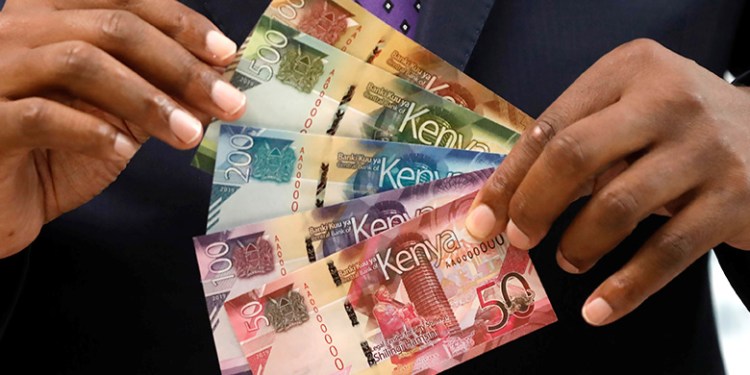Faida Investment Bank has published a report on the sustainability of Kenya’s public debt. The report shows that by December 2022, Kenya’s public debt had risen to KES 9.2 trillion, or 71.7% of GDP, up by 6.5% from KES 8.6tn in June 2022, and an 18.8% jump from KES 7.7tn in FY2020/21. The growth in public debt has been on an upward trajectory for the past 10 years, with annual growth rates above 9% and a 10-year CAGR of 18.3%, driven by an increase in external debt as a major source of funding. The COVID-19 pandemic has also exacerbated the situation, leading to an increase in public debt of 15.2% in 2020 and 15.0% in 2021, and rising fiscal deficits.
The report highlights that the rise in the issuance of treasury bonds is in line with the government’s objective to borrow bonds with longer tenures to increase their duration and reduce the pressure of maturing securities.
During President Kibaki’s administration, the treasury bonds composition as a percentage of domestic debt began to rise, and this became the trend throughout his reign. During President Uhuru’s administration, the treasury bill’s composition was picked during the early years, but by mid-term, the treasury bond’s composition began to rise. The report estimates that in the next five years, total public debt amounting to KES 1.2tn is expected to mature, which is expected to put pressure on government revenue at a time when revenue collections are below target, and debt markets are experiencing elevated yields.
The report indicates that Kenya’s fiscal deficit rose by 17.6% in FY2020/21, inching closer to the KES 1 trillion mark due to the stagnation in the growth of ordinary revenue at KES 1.8 trillion in FY2019/20 and FY2020/21, with government expenditure rising by 10.0% and 4.6%, respectively. However, by the end of FY2021/22, the growth in debt level moderated, driven by a decrease in fiscal deficit and an increase in government revenue.
The report highlights that Kenya’s rising public debt is a cause for concern, and urgent measures need to be taken to address the situation. The bank urges the government to prioritize revenue mobilization, reduce wasteful spending, and improve the efficiency of public spending. The report recommends that the government should also consider diversifying its sources of funding and explore other alternatives such as public-private partnerships to finance infrastructure development.
ALSO READ; Kenya’s Public Debt Crosses the KES 9 Trillion Mark




